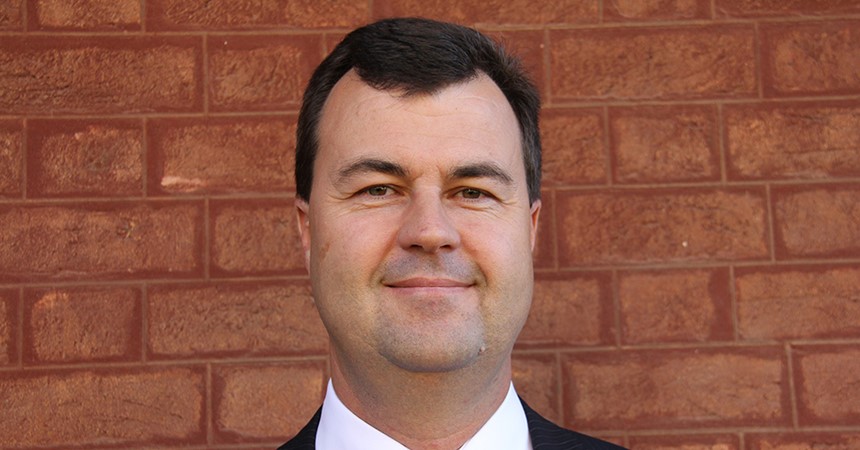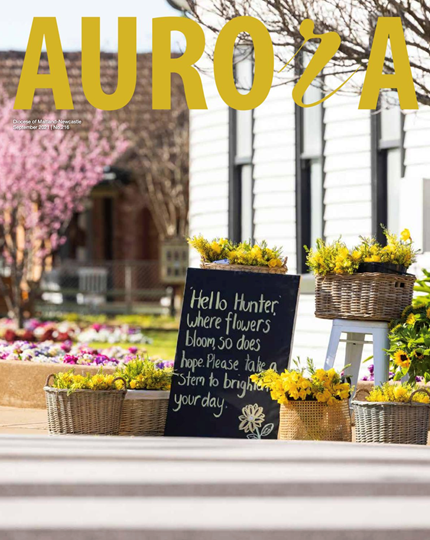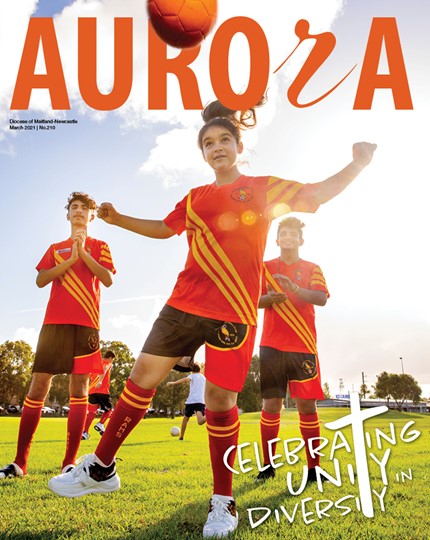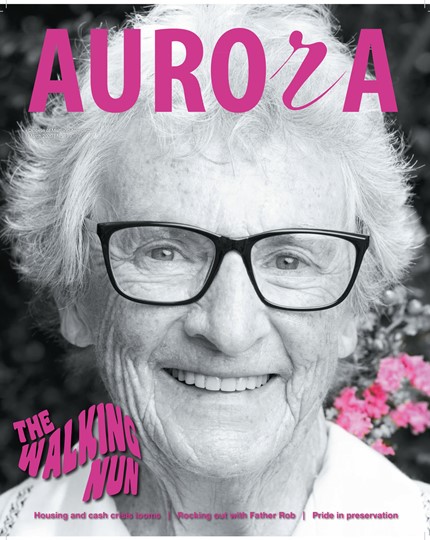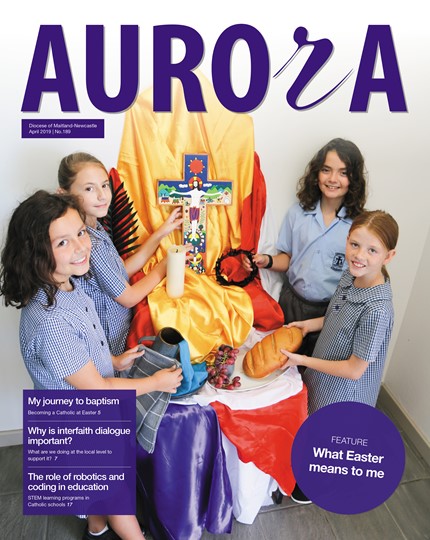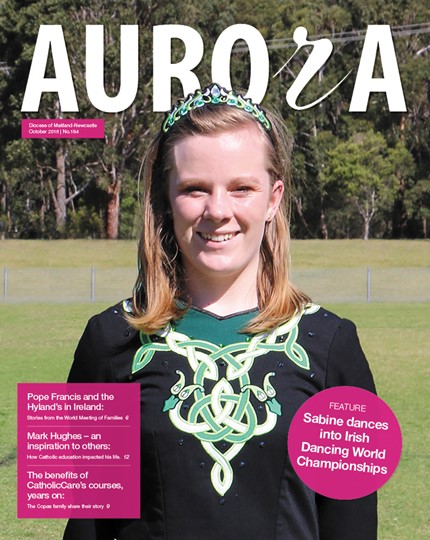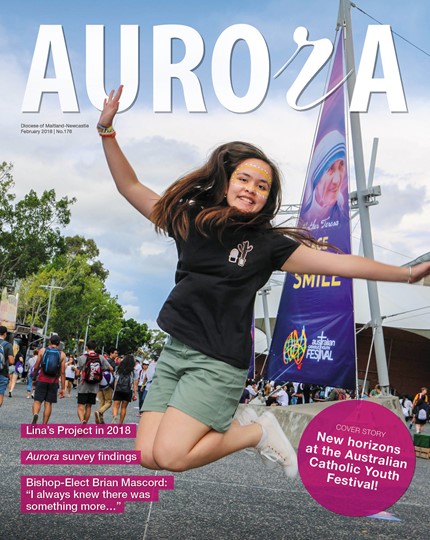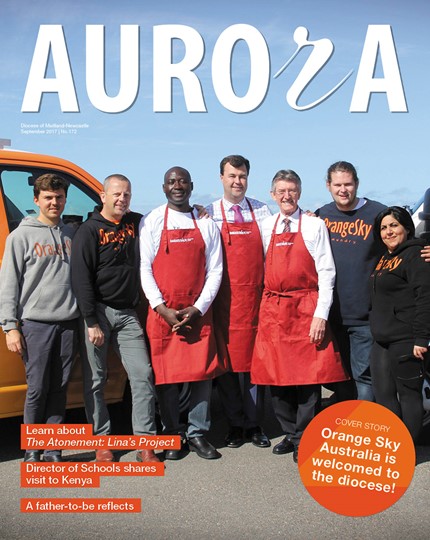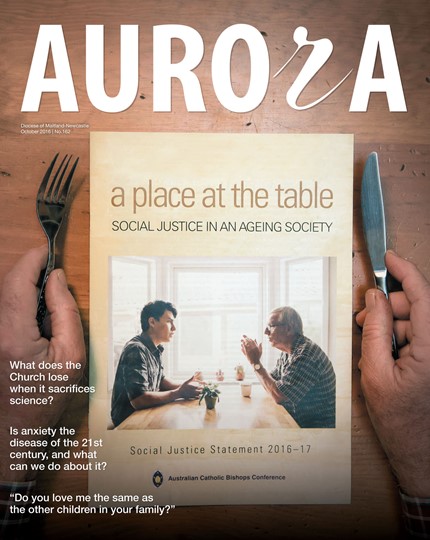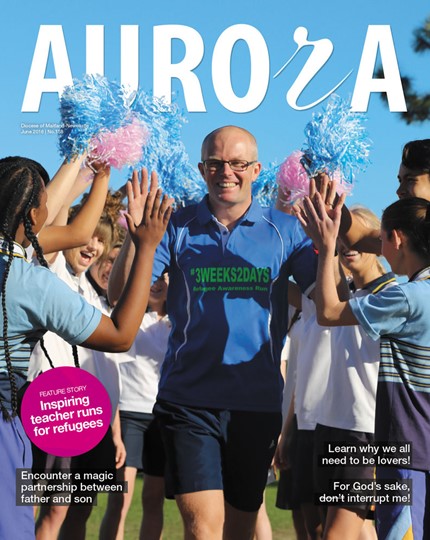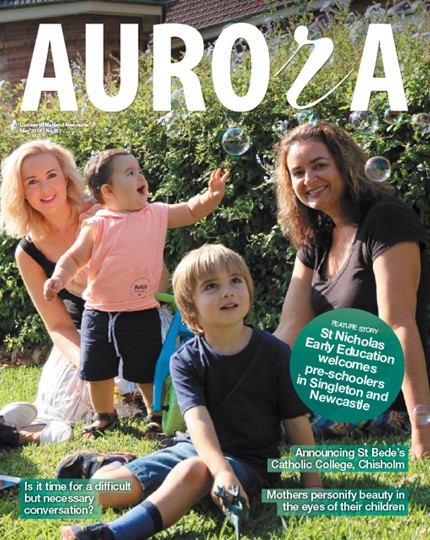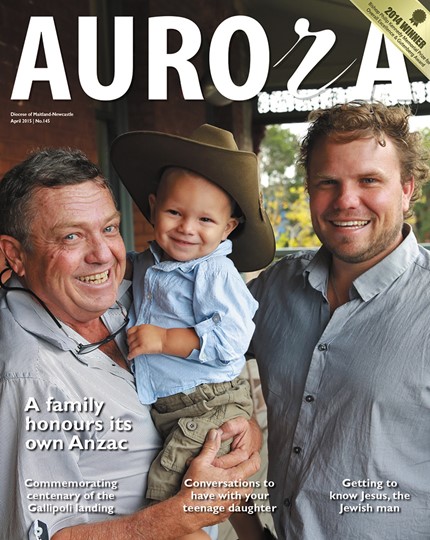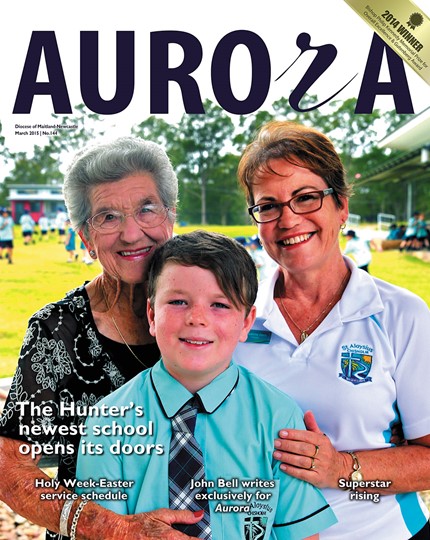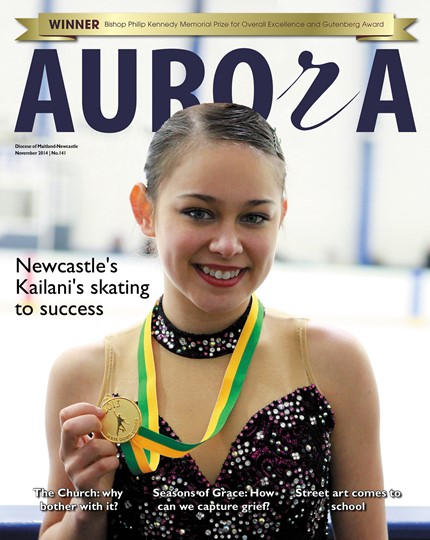That’s the gab-fest for the people who manage the financial resources of individual dioceses across Australia. It might not sound like fun but every time I start talking about Church finances in our local diocese there is a genuine interest − people want to know about the money.
One of the discussion points at the conference was improving governance and the quality of decision-making in our respective dioceses. As part of the discussion, we talked about the Australian charities and Not-for-profit commission, training for staff in canon law and transparency of church finances.
I posed a question to my colleagues at the conference – why is the Church afraid to talk about its finances? The archdioceses of Sydney and Melbourne have been forced to reveal their financial positions by the Royal Commission − so why not just come out with the details?
The main reason that seemed to be put forward as to why the finances should be confidential is that the Church would be criticised – even though most of the money is held in trust or restricted in its use. It’s not really the Church’s money at all; often it’s money provided by government to deliver services such as education and social services programs. All of this is true. So why not explain that to the public?
The widespread view in the community is that the Catholic Church is rich. In fact some say the richest organisation in the world – just look at those Michelangelo paintings in Rome. They must be worth a motza, right?
True, but no one expects the church to flog the Sistine chapel to the highest bidder at Sotheby’s. There’s a legacy and a history the Church must respect and protect for the benefit of the whole world. It’s priceless because we can’t sell it.
So where’s the money? Vatican accounts have come under close scrutiny lately and it’s not been pretty. A couple of Aussies have been over in Rome taking a look at the books − a fellow called George in fact. And guess what? They found several hundred million eurolying around.
We don’t have that problem here in the Diocese of Maitland-Newcastle; there’s not a lot of lazy dough hidden somewhere in the books, but we do have some property assets. Most diocesan property is committed to schools, parishes and other core church activities. That makes sense. But a closer look has identified some land and buildings that might be utilised, or better utilised.
So often I hear Catholics say we are saving that piece of land for a rainy day. Well, those storm clouds should tell us that it’s raining. The perception of the rich Church needs to change. Our community needs to see that the Church is using its assets to support our community in real and tangible ways.
That means building affordable rental housing for people on moderate incomes. It means turning our buildings into early education centres to support families. It means more CatholicCare centres offering counselling and support to those in need, as well as extra housing for people with a disability so they can have genuine independence.
Soon the diocese will publish an annual review. That review will have more details on the diocesan finances. The actual numbers. They will show a Church that’s not as rich as many think, but hopefully one that is making a difference.
